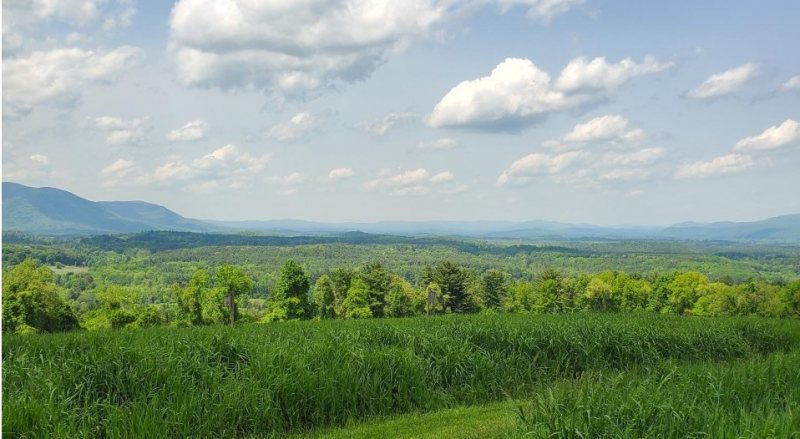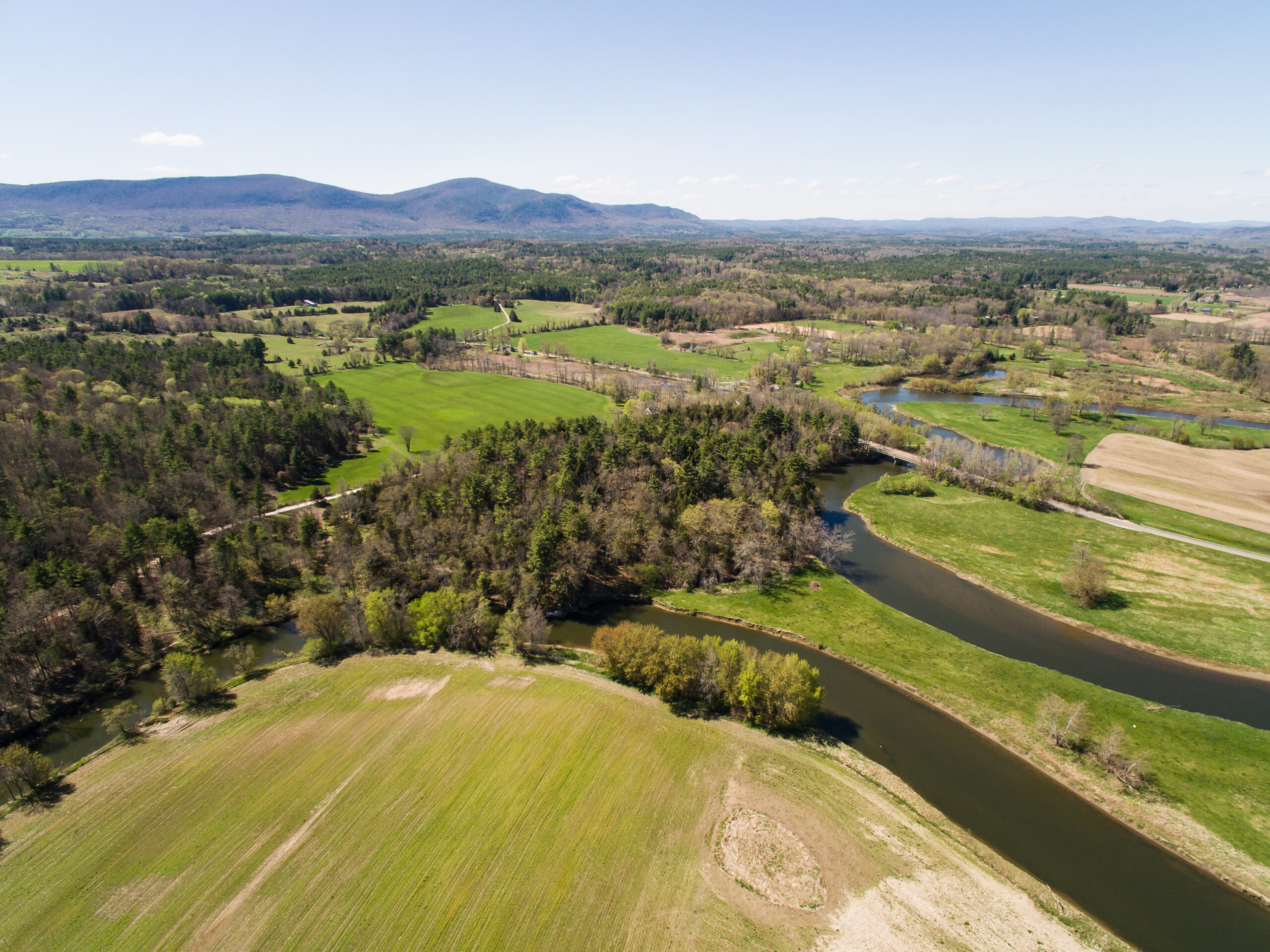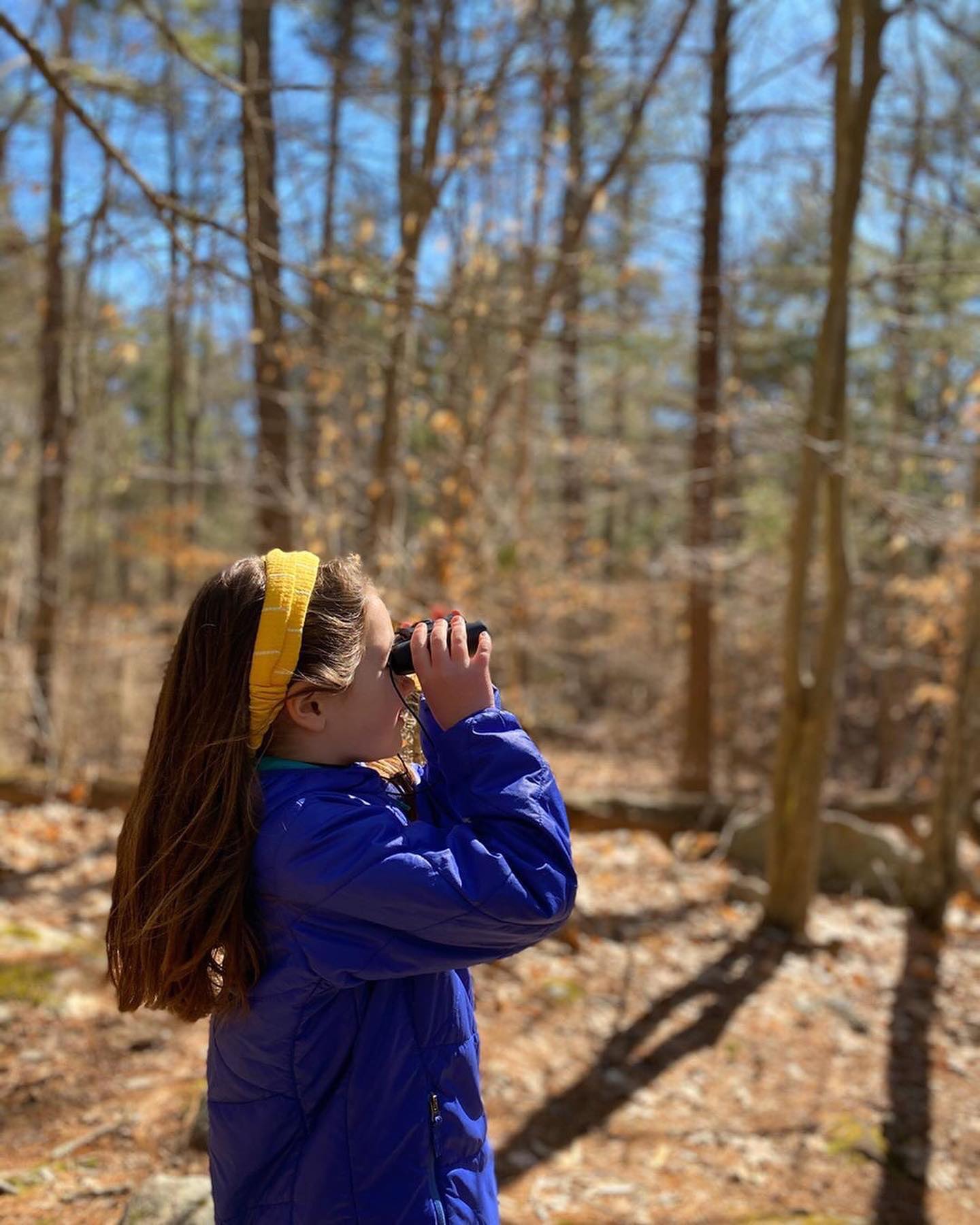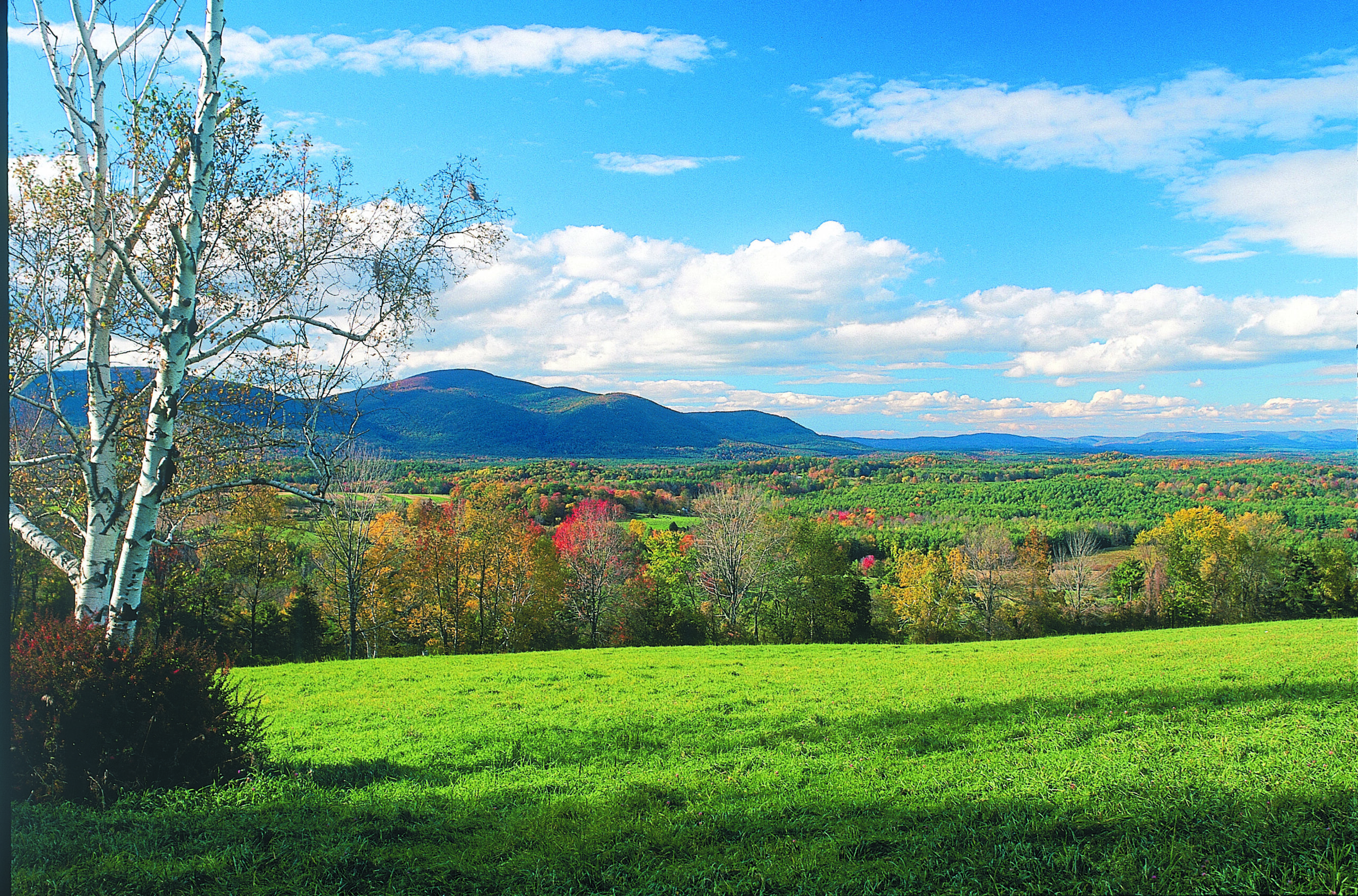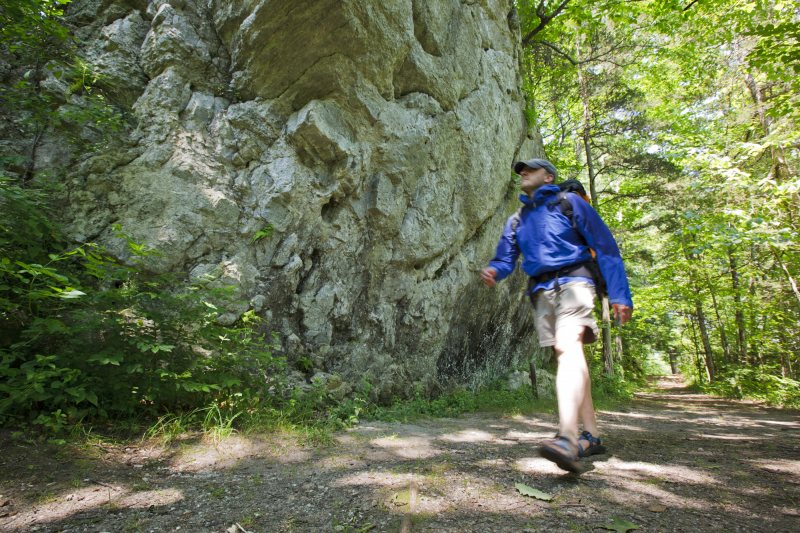Be a tree investigator. Take a few minutes to walk around and investigate this Cottonwood tree. How deeply furrowed is the bark? Do you see any unique markings on the tree?
Peek into the large hole at the base, but don’t climb in or you might get stuck.
Look to see where the large limb fell from.
How do you think Cottonwood trees got their name?
Foresters use measurements and observations to age trees and assess their health. Let’s see how large this cottonwood tree is. Stretch your arms around the trunk of the tree. You might need a few people to cover the whole trunk. How wide do you think this tree is? Use a string or tape measure to measure the circumference, then lay the string out and see how many steps it is. Compare the length to your height!
Measure other trees in the area – what is the size difference?
Can you find other cottonwood trees? Look for similar leaf shapes, or for the deeply furrowed bark.
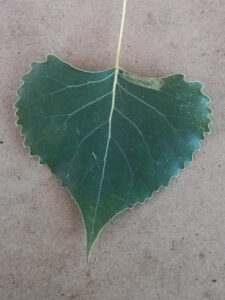
Courtesy snr.unl.edu
Beavers love to eat cottonwood trees – do you see beaver chewed stumps?
Sit quietly and observe – what do you hear, see, smell, or feel? Think about what may have been happening in history when this tree was just a small sapling. How does this compare with other Trustees Quest sites you’ve visited? What are you experiencing that you don’t where you live?
